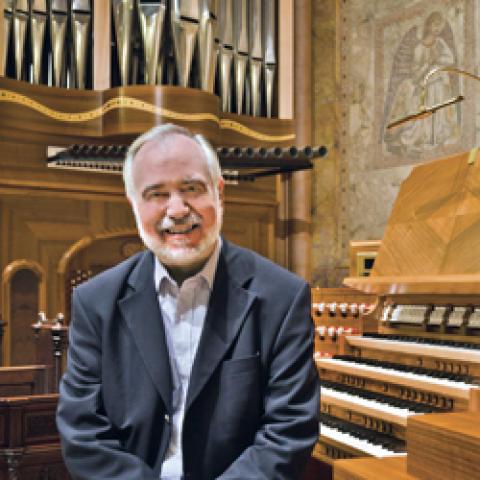
Raven announces a new CD, the third in a series featuring the organ works of Olivier Messiaen recorded by Jon Gillock (OAR-983). The new volume includes L’Ascension, Messe de la Pentecôte, and the posthumously published Prélude.
Gillock presented the first performance of Prélude in the United States in 1999 at the Riverside Church in New York, though the work, believed to have been composed ca. 1930, was not published until 2002.
The recording was made at the Church of the Ascension in New York City, where the 111-rank organ was built in 2011 by Pascal Quoirin of Saint-Didier, France. Jon Gillock’s entire cycle of Messian organ works will use this organ, as it was conceived to play the works of Messiaen specifically. Gillock was involved with the instrument’s design. Gillock is known internationally for his interpretations of Messiaen’s music, having studied with him, becoming a preferred interpreter of his teacher’s music.
For information: www.ravencd.com.



